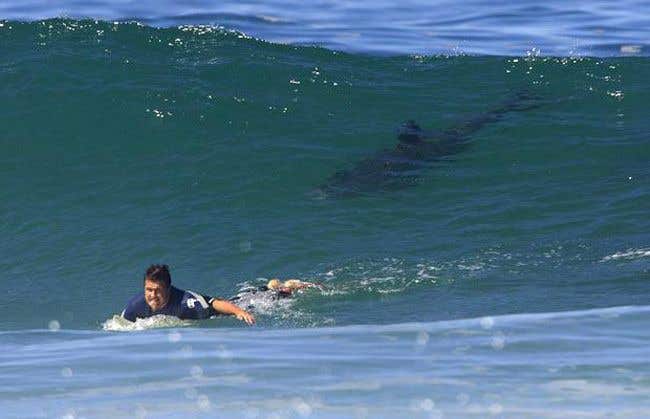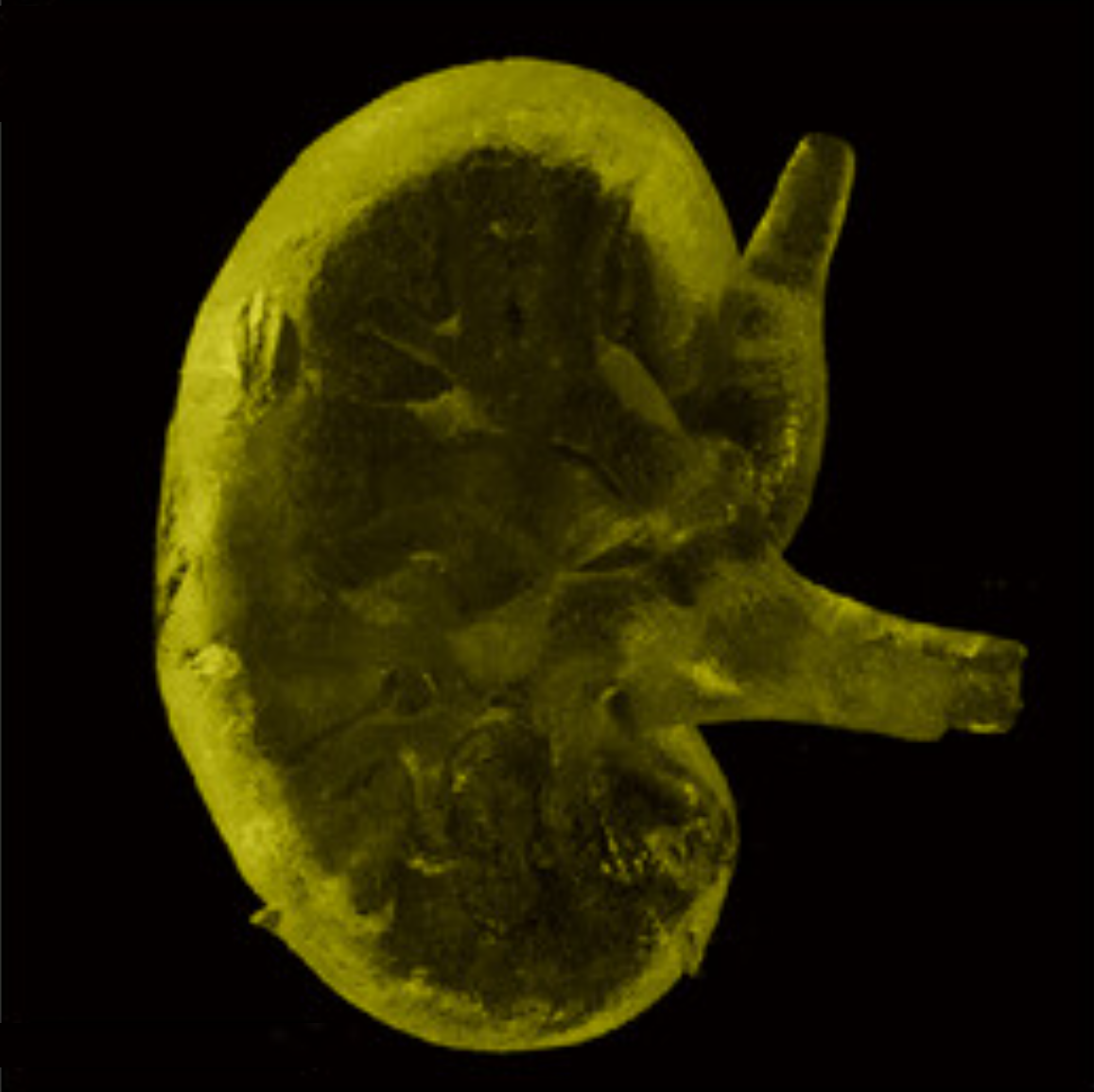New technology protects swimmers and surfers from shark attacks
Researchers explore counterillumination as a shark deterrent, using LED lights to disrupt silhouettes and reduce attack risks for surfers and swimmers.

Discover how counterillumination technology can reduce shark attacks. (CREDIT: CC BY-SA 4.0)
Camouflaging in the open ocean presents unique challenges. The brighter downwelling light from above creates dark silhouettes of objects when viewed from below, even for animals with countershading. Many marine species counter this with counterillumination, emitting light from photophores on their ventral surfaces to blend with the downwelling light.
This adaptive strategy, particularly useful against visually limited predators like the Great White shark, has been minimally studied in terms of its effectiveness in reducing predation.
Great White sharks (Carcharodon carcharias), apex ocean predators, are responsible for most fatal shark bites on humans globally. They rely heavily on vision to detect and target prey, especially during their iconic predatory breaching behavior.
To catch seals, sharks accelerate upward in a powerful arc, leveraging their darker dorsal surface to remain less visible to seals swimming at the surface. Conversely, seals and humans appear as stark silhouettes against the lighter ocean backdrop, making them easy targets.
Similarities between human silhouettes and those of seals, particularly when swimming or surfing, have long been considered a reason for shark bites on people. A new study confirms that Great White sharks prioritize visual cues, such as the presence of a dark silhouette, during surface predation.
Factors like silhouette shape and motion further influence a shark's decision to attack. Human swimmers and surfers unintentionally mimic the size, shape, and movement of seals, enhancing their risk.
Related Stories
The study, published in Current Biology, presents promising findings on mitigating this risk. According to Professor Nathan Hart of Macquarie University’s Neurobiology Lab and Dr. Laura Ryan, counterillumination technology could serve as a non-invasive shark deterrent. Their research explores disrupting the dark silhouettes cast by humans on the water, potentially reducing shark attacks.
Hart and Ryan drew inspiration from the juvenile plainfin midshipman fish, which uses photophores to emit light and break up its silhouette.
To test the concept, the team conducted experiments in Mossel Bay, South Africa—a known hotspot for Great White sharks. Over six years, they towed seal-shaped foam decoys behind boats to simulate natural prey. By outfitting the decoys with LED lights in various configurations, they sought to camouflage them.
The most effective setup involved placing LED lights in striped patterns perpendicular to the decoy's movement, significantly reducing shark bites. “It’s like an invisibility cloak, except we’re fragmenting the silhouette into smaller parts,” explains Hart. The success, however, hinges on precise light patterns and brightness.
Despite the promising results, the researchers emphasize caution. Sharks exhibit plasticity in their sensory reliance, adapting to different scenarios. While counterillumination proved effective during surface predation tests, it may not deter sharks under all circumstances.
Great Whites are opportunistic feeders, sometimes scavenging whale carcasses or targeting less active prey. Energetically expensive breaching behavior makes them more selective, but static counterilluminated decoys might yield different outcomes.
Dr. Ryan highlights the importance of considering other shark species. “While Great White sharks rely heavily on vision, species like bull sharks and tiger sharks may behave differently,” she notes. Testing counterillumination with these species is crucial before deploying it widely for human protection.
The technology's potential extends beyond individual safety. Surfers, often stationary while waiting for waves, could benefit from reduced silhouette visibility.
Similarly, swimmers and divers in shark-prone areas might find greater peace of mind with wearable counterillumination devices. However, Hart and Ryan stress that further experiments are necessary to refine the technology and ensure its broader effectiveness.
Counterillumination represents a novel intersection of biological insight and technological innovation. By leveraging an understanding of shark vision and behavior, researchers are pioneering methods to coexist safely with one of the ocean’s most formidable predators.
As Hart and Ryan’s work progresses, their findings may revolutionize shark deterrent strategies, enhancing safety without harming marine ecosystems.
Note: Materials provided above by The Brighter Side of News. Content may be edited for style and length.
Like these kind of feel good stories? Get The Brighter Side of News' newsletter.



